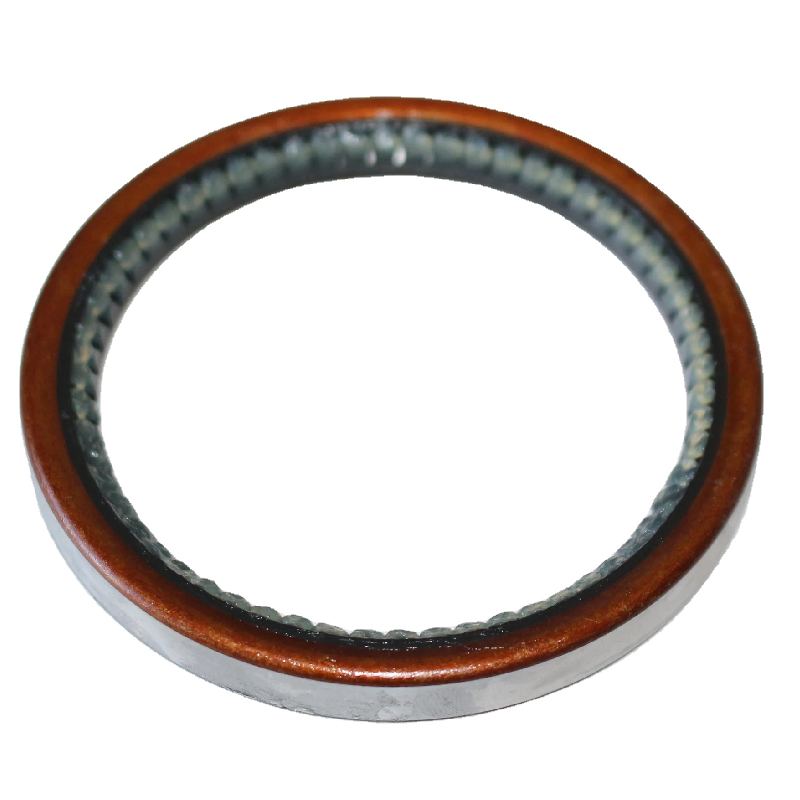pulley oil seal
Understanding Pulley Oil Seals Importance and Maintenance
Pulley oil seals are critical components in various mechanical systems, particularly in automotive and industrial applications. These seals are designed to prevent oil leakage from the pulley's bearing assembly and to keep contaminants such as dust and dirt from entering the system. Understanding the role and maintenance of pulley oil seals is essential for ensuring the longevity and efficiency of machinery.
What is a Pulley Oil Seal?
A pulley oil seal is a protective device that typically comprises a circular rubber component with a metallic casing. It fits snugly around the shaft of a pulley and serves as a barrier to contain lubricant within the assembly. The primary function of the oil seal is to maintain the integrity of the oil in the system while preventing any external contaminants from entering and interfering with the smooth operation of the pulley and bearings.
Importance of Pulley Oil Seals
The proper functioning of pulley oil seals is vital for multiple reasons. First and foremost, they help maintain optimal lubrication within mechanical systems. Adequate lubrication reduces friction between moving parts, which consequently minimizes wear and tear. Without effective seals, oil can leak out, leading to insufficient lubrication and increased operational risks.
pulley oil seal

Moreover, pulley oil seals play a crucial role in enhancing the lifespan of machinery. By preventing oil loss and contamination, they ensure that components function efficiently, reducing the likelihood of breakdowns and costly repairs. A well-maintained oil seal system not only enhances performance but also contributes to better fuel efficiency in vehicles.
Maintenance and Replacement
Regular maintenance of pulley oil seals is essential for optimal performance. Users should routinely inspect seals for signs of wear, such as cracks, fraying, or deformation. Given their exposure to heat and friction, oil seals can deteriorate over time; therefore, proactive inspection can prevent unexpected failures.
In the event that a seal is found to be damaged, it is crucial to replace it promptly. Replacing a pulley oil seal involves carefully removing the old seal and installing a new one, ensuring it is seated correctly to prevent leaks. It is also advisable to check adjacent components, such as bearings and pulleys, for any signs of damage that could have contributed to the wear of the seal.
Conclusion
In summary, pulley oil seals are vital components in maintaining the efficiency and longevity of mechanical systems. Their ability to prevent oil leaks and block contaminants significantly contributes to the overall performance of machinery. By understanding their importance and investing time in regular maintenance, users can ensure that their systems operate smoothly and effectively, minimizing the risk of costly repairs and downtime. Maintaining these seals is not only about protecting the machinery but also about optimizing performance for a more efficient operation.
-
Simplifying Oil Changes: A Comprehensive Guide to Oil Drain Plugs and Their Variants
News Aug.04,2025
-
Mastering Oil Drain Maintenance: Solutions for Stripped, Worn, and Upgraded Oil Plugs
News Aug.04,2025
-
Fixing Oil Pan Plug Issues: Leaks, Stripped Nuts, and the Right Replacement Solutions
News Aug.04,2025
-
Everything You Need to Know About Oil Drain Plugs: Sizes, Fixes, and Upgrades
News Aug.04,2025
-
Choosing the Right Oil Drain Plug: A Guide to Sizes, Materials, and Drain Innovations
News Aug.04,2025
-
A Complete Guide to Automotive Drain Plugs: Types, Problems, and Innovative Solutions
News Aug.04,2025
-
The Ultimate Guide to Car Repair Kits: Tools and Essentials Every Driver Should Own
News Aug.01,2025
Products categories















